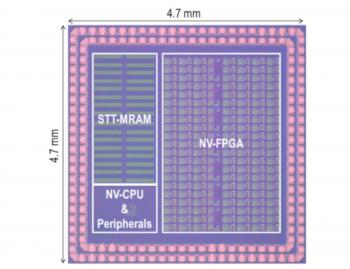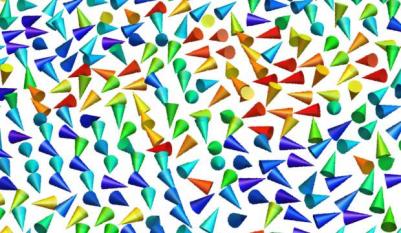Researchers announce a breakthrough in pinning domain wall propagation
Researchers from Sultan Qaboos University in Oman, Johannes Gutenberg-Universität Mainz in Germany and Nanyang Technological University in Singapore have experimentally demonstrated a breakthrough in one of the major problems blocking the adoption of magnetic domain wall memory.
When recording each fresh bit of information onto a racetrack, there is considerable uncertainty about where each magnetic domain starts and ends, and an incorrectly-written bit can easily lead to the corruption of bits. The team, led by Professor Rachid Sbiaa of Sultan Qaboos University, devised a method to overcome this difficulty by using a staggered nanowire (see figure below).

